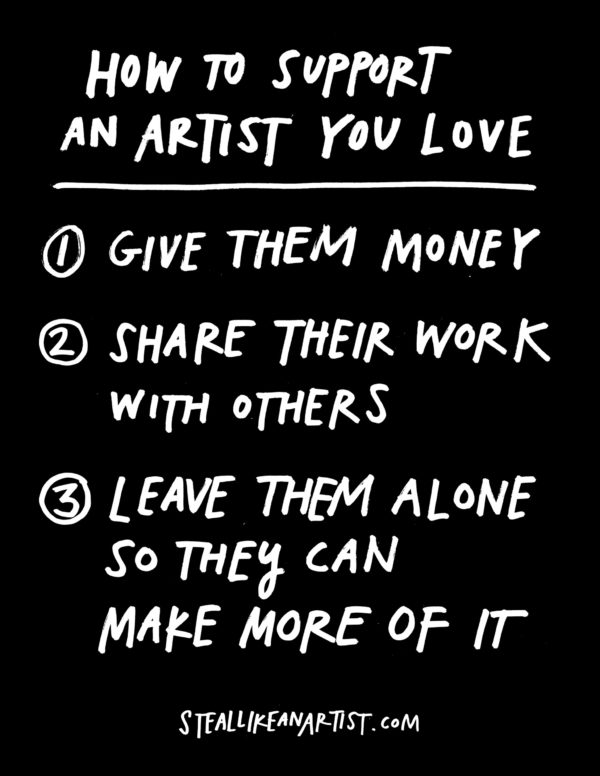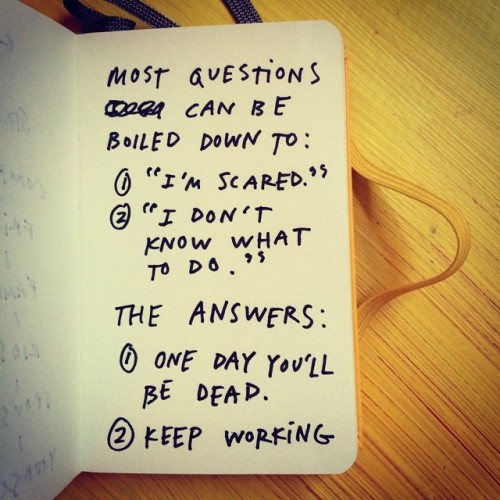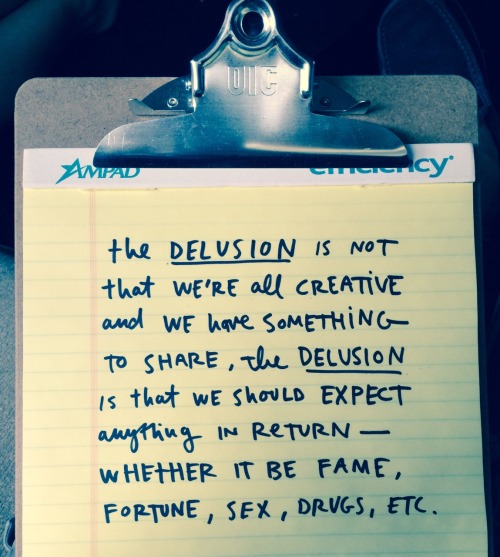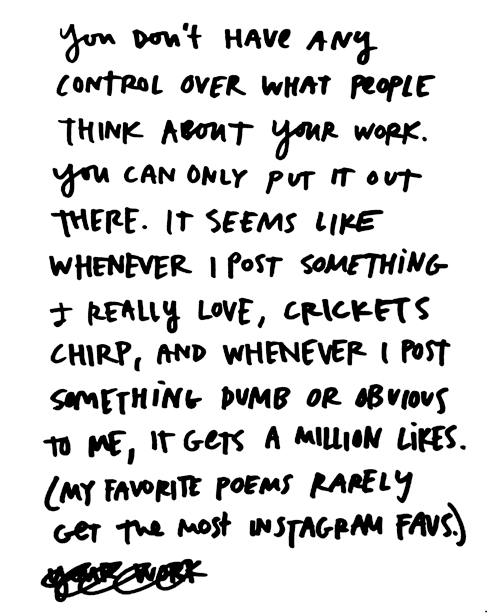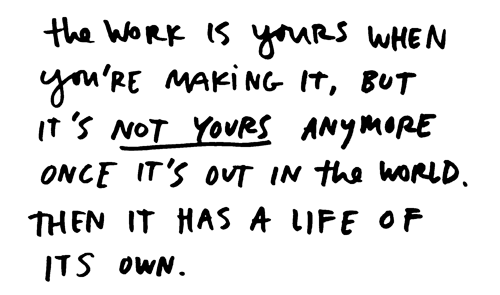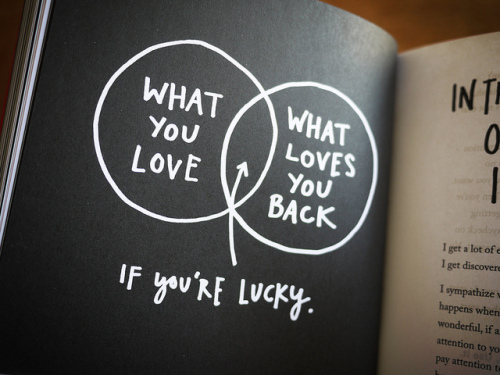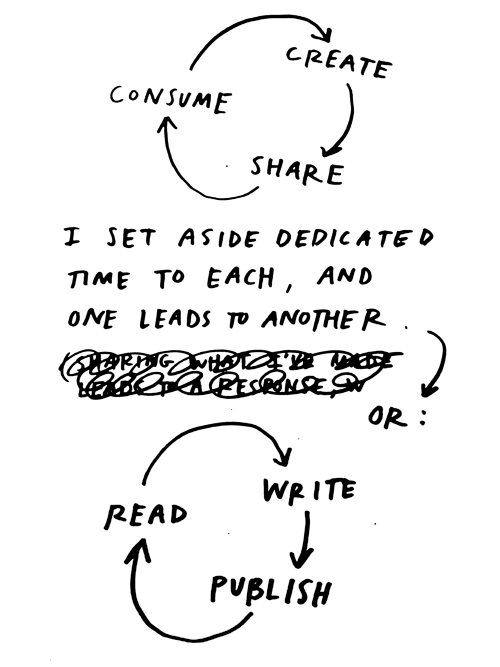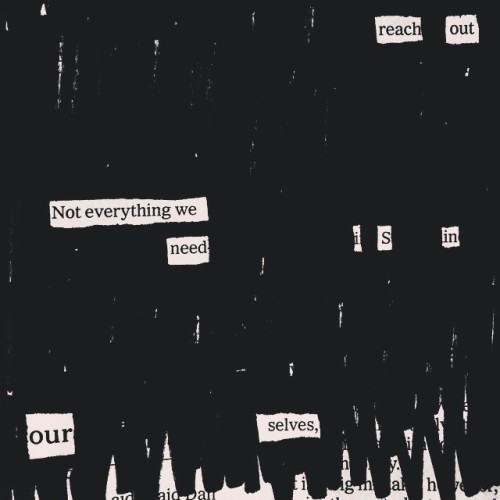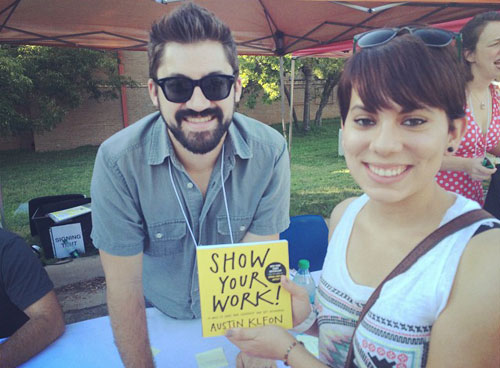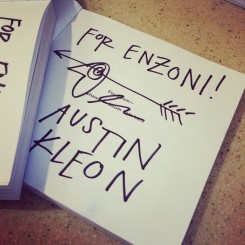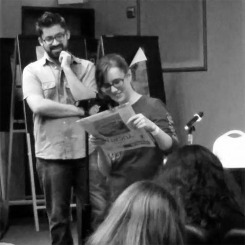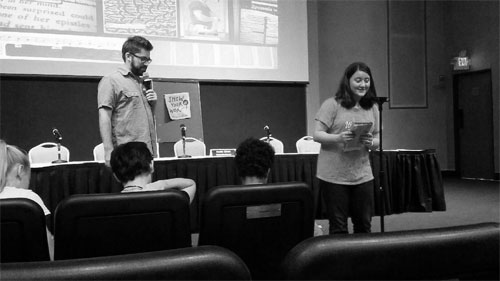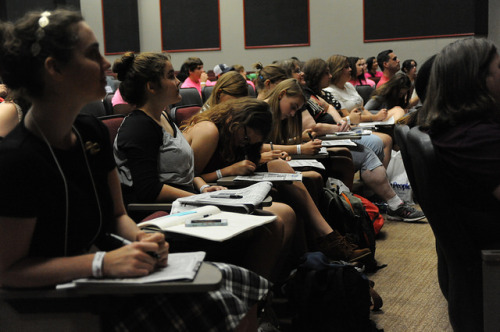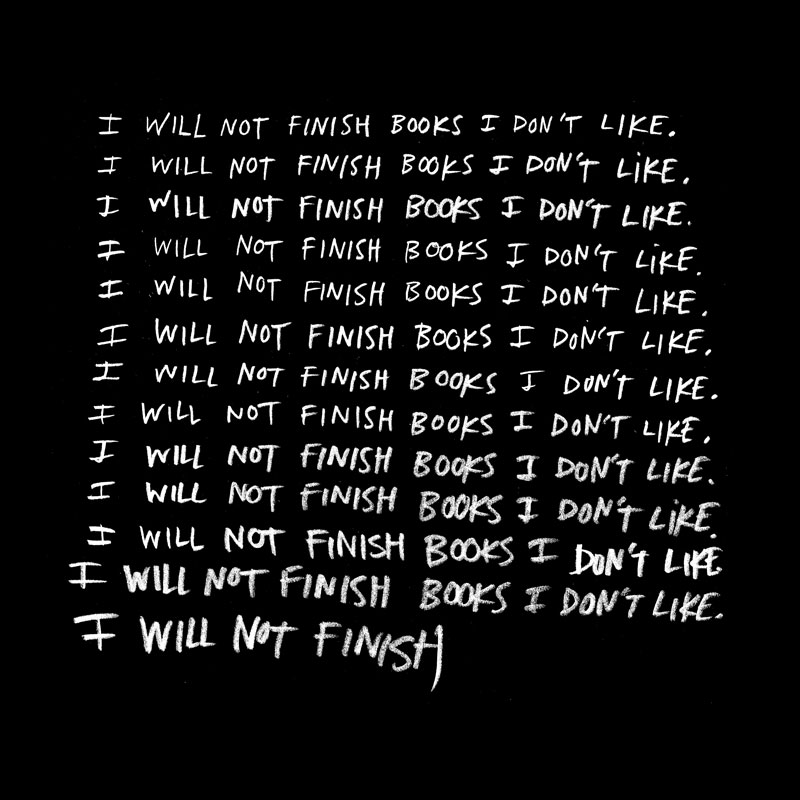Yesterday I was browsing the Instagram account of one of my favorite artists, and I was struck by how entitled a few of the comments from fans were. I was inspired to write down the guidelines above, not as an artist myself, but as a fan. A few notes:
1) “Give them money” is pretty self explanatory. The Renaissance had to be funded.
3) Send words of praise and encouragement, sure, but don’t feel that by supporting them you are automatically owed a response, or a personal relationship with them. Let their work be enough for you.
